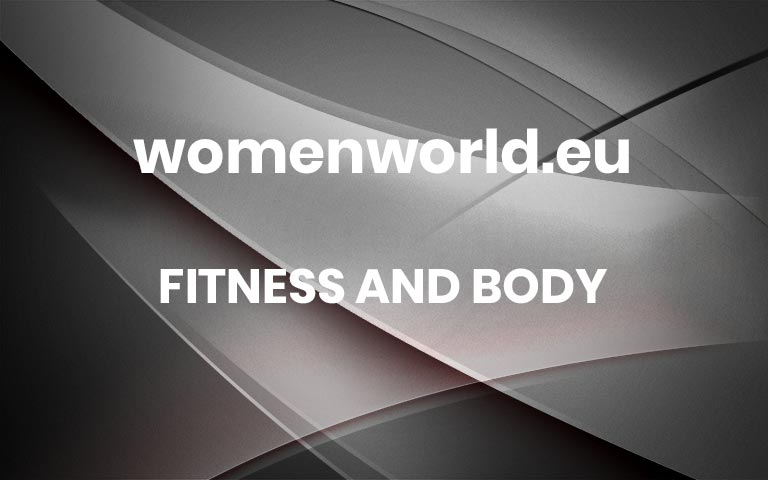The 411 On Wall Pilates Workouts From Experts. Plus, A Go-To Wall Pilates Routine
Any woman on social media would know wall Pilates workouts: the trend that racked up over 22 million likes on TikTok is peppered throughout your daily scroll, purporting a slender, stronger frame using just a wall. But do wall Pilates workouts do all they claim to? WH spoke to experts for the 411.So, What Is Wall Pilates Anyway? Simply put, it’s Pilates… with a wall. The firm object, says Pilates instructor Jordyn Stoos, “can help balance and stability for those that might need to build their strength, whilst performing a limited Pilates repertoire.” Pilates is by nature a low-impact exercise modality that focuses on core and stability while enhancing flexibility. By adding a wall (or any stable surface), Pilates becomes more accessible. “It’s a built-in guide that helps with alignment, posture, and control, making exercises more intentional and precise,” says Melissa van der Walt, a Pilates instructor.What Are The Benefits?“Wall Pilates is incredibly functional, meaning it improves strength and mobility in a way that translates to better posture, reduced back pain, and a stronger core for everyday movements,” says van der Walt. “The wall acts as a built-in resistance tool, balance aid, and alignment checker all in one—so it’s way more than just a substitute for a bench or the floor.”Wall Pilates workouts help activate your core muscles:It offers deeper core engagement, since pressing into the wall “forces your deep core muscles to activate properly, making ab work more effective,” she adds.It aligns your practiceFor everyone wanting to appear more confident, taller and slimmer, consider the wall a free tool. As a built-in guide, the wall forces proper alignment and reduces lower-back strain.It’s a boon for balance “What people often don’t realise is that balance in itself needs to be strengthened, too,” says Stoos. “I often have clients that find themselves so surprised when I ask them to do a balance exercise and they topple over!” To combat this, the wall is great for checking posture while balancing and using stabiliser muscles. Stabilisation exercises, like balancing, “helps to activate the core and strengthen the spinal stabilisers,” says Stoos.READ MORE: 7 Proven Pilates Benefits And The Best Apps To DownloadWhy Wall Pilates Workouts Might Be Right For YouYou’re older: Balance and bone density decline as you age. Wall Pilates offers a strength workout that helps improve balance and muscle strength, a key factor in bone-building.
You’re a Pilates newbie: “It offers extra support so you’re not compensating with the wrong muscles,” says van der Walt.
You’re post-partum: This gentle workout focuses on deep core strength, including those all-important pelvic floor muscles, which are compromised during childbirth.
You want a challenge: No cheating when you’re up against the wall, says van der Walt. “There’s no momentum or “cheating” the movement – your muscles have to do all the work.” Plus, she adds that the extra level of resistance (I.e., pushing against the wall) forces engagement, making even simple movements more challenging.
You need low-impact movement: If you’re recovering from an injury, wall Pilates workouts are easy on the joints but still challenge muscles.READ MORE: What You Need To Know About Doing Pilates For Weight LossCan Wall Pilates Help With Weight Loss?Weight loss is a specific balancing act that involves calories, yes, but also hormonal balance, science says. Still, movement is a great way to move the needle and wall Pilates can be part of your movement routine. For body recomposition, i.e., adding muscle tone and definition, wall Pilates can help you achieve that, says van der Walt. “It’s fantastic for toning, sculpting, and increasing muscle endurance,” she explains. “But body composition shifts come from a mix of:Progressive Resistance – Over time, you need to increase intensity (using body weight, resistance bands, or even light weights) to keep building muscle.
Nutrition – No workout alone will change body composition without proper nutrition to support fat loss and muscle retention.
Overall Movement & Cardio – Pilates strengthens and sculpts, but adding walking, strength training, or other movement will amplify results.”Also, remember that muscle is a key component in minimising fat stores. Per van der Walt, wall Pilates can help strengthen your core, increase muscle endurance, improve posture and support joint health and mobility. And let’s be real: those are all very worthy pursuits for overall health.Your Go-To Wall Pilates No-Equipment WorkoutFollow this simple no-equipment at-home wall Pilates workout from van der Walt to get your gains:
[embedded content]
READ MORE: 15 Pilates Exercises That’ll Work Your Core From Every Angle Without Any Equipment More


